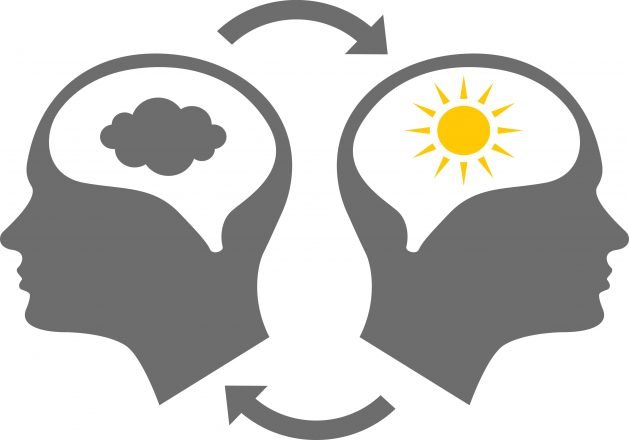Advertisment
Doctors develop system which can predict Bipolar Disorder 4 years before onset

An international team of doctors have developed a machine learning system which can predict the development of Bipolar Disorder up to 4 years before onset in young people: at age 18 it was able to predict which individuals would develop the condition at age 22. This work is presented at the ECNP virtual congress, and is in press with a peer-reviewed journal*(See below).
“This may be a new additional tool for the diagnosis of bipolar disorder; this will not replace a doctor’s diagnosis, but may allow them to take preventative measures to slow or avoid the onset of the condition, and so gain 4 years of preventative treatment” said lead researcher Francisco Diego Rabelo-da-Ponte.
The researchers, from Brazil, Canada and the USA, followed 3810 individuals born in Pelotas, Brazil, in 1993, taking measurements and interviews at the ages of 11, 15, 18 and 22. The study was looking at general health from birth, but has had a particular application in mental health. At the end of the 22 year follow up, 255 of the people in the study (6.7%) had received a diagnosis of bipolar disorder.
Lead researcher Francisco Diego Rabelo-da-Ponte, from the Federal University of Rio Grande do Sul, Brazil said:
“What we found was that we can identify who will develop bipolar disorder around four years before the onset of the condition, by tracking the individuals from birth through to adulthood. We used machine learning techniques which are based on the same learning techniques used to detect such things as spam and weather forecasting.
There were several factors which tended to point to a greater risk for bipolar disorder, For example if 18 year olds show more suicidal tendency, general anxiety, evidence of parental physical abuse, and financial problems, then they may have been at greater risk. It was the job of the machine learning to weigh these factors and estimate the risk of developing bipolar disorder”.
Bipolar disorder is estimated to be the sixth cause of disability in the world, however, its proper identification still frequently represents a challenge, with an average delay of six years between first symptoms and formal diagnosis. Additionally, only 20% of people with bipolar disorder and presenting with a depressive episode are diagnosed with bipolar disorder within the first year of seeking treatment. Diagnostic and treatment delays have harmful consequences for the clinical course of illness, for example, greater severity of symptoms, shorter time between episodes of mood, cognitive and functional impairment. Identifying bipolar disorder early is a growing interest because many patients are mistreated and misdiagnosed, avoiding the progression of the disease.
Francisco Diego Rabelo-da-Ponte said:
“It’s very difficult and expensive to replicate such a long-lasting study, but what we have found indicates that we need more of these longitudinal studies. We’ve already learned a lot from the study itself, for example if we were to set it up now we would include many more mental health parameters, which we hope would allow us to identify even more psychological benefits. We see too many false positives (indicating someone is at risk when they are not) to rely 100%% on this system alone. Nevertheless, this system will allow doctors to see who might be at risk, and the gain of 4 years before diagnosis could make a huge difference to the life of a young person”.
Commenting, Professor Eduard Vieta (Barcelona), ex-ECNP Executive Committee member said:
“Population-based cohort studies are extremely important to develop predictive models that may aid in the prevention of serious conditions such as bipolar disorder. There have been other initiatives in the past to build calculators with that aim. What is most needed is replication and verification of the validity of the algorithm. The present study, hence, has its merits but is relatively small and needs replication in a separate, independent cohort; moreover, unusual findings such as the underrepresentation of bipolar II disorder need clarification as well.”
This is an independent comment; Professor Vieta was not involved in this work.





